We have much more to do and your continued support is needed now more than ever.
Northwoods SOS: Protecting Public Lands
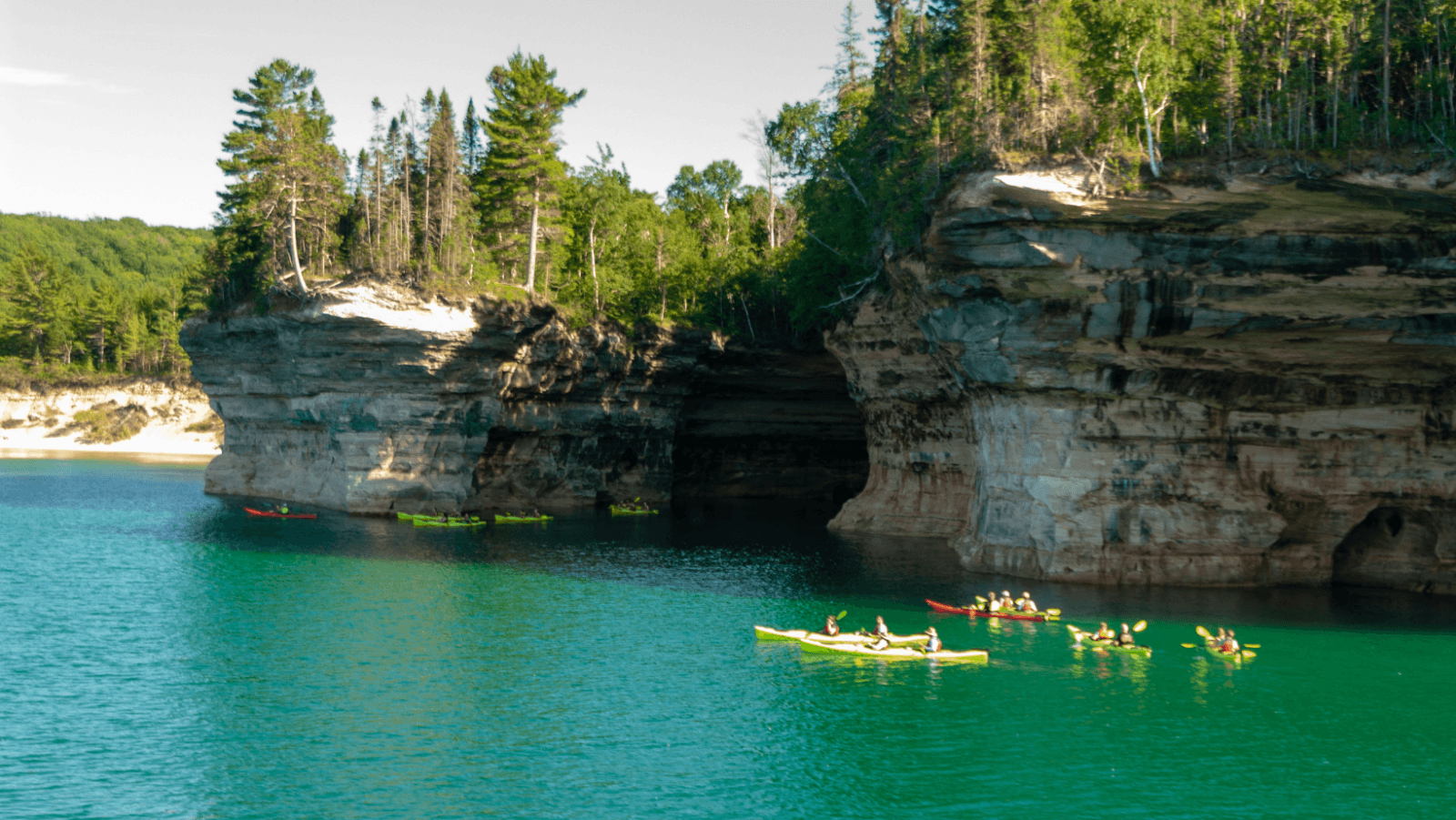
With sparkling rivers, thousands of lakes, and acres of forests, it’s easy to picture the Great Northwoods on a page right out of an illustrated children’s fairy tale. For both residents and tourists from all over the world, the Great Northwoods is the quintessential idyllic spot to vacation, recreate, and connect to nature. But the Great Northwoods faces significant threats, which, if left unattended, could upend the economy and ecology of an enormous area: 88,000 square miles and uncountable flora and fauna are at risk.
Read on to discover what the National Wildlife Federation’s Great Lakes Regional Center is doing to address the major threats facing this gorgeous wilderness.
Resource Extraction Threat
Resource extraction in the Great Northwoods, including activities like logging and mining, poses a significant threat to the region’s ecosystems. Large-scale timber harvesting can disrupt natural habitats and reduce biodiversity by clearing vast areas of hardwood forests. Mining operations can lead to soil and water contamination, impacting both terrestrial and aquatic life. These activities can also disrupt vital wildlife corridors and migration routes, further imperiling the diverse species that rely on the region for habitat and sustenance. Sustainable and responsible resource management practices are crucial to mitigate these threats and maintain the ecological health of the Northwoods.
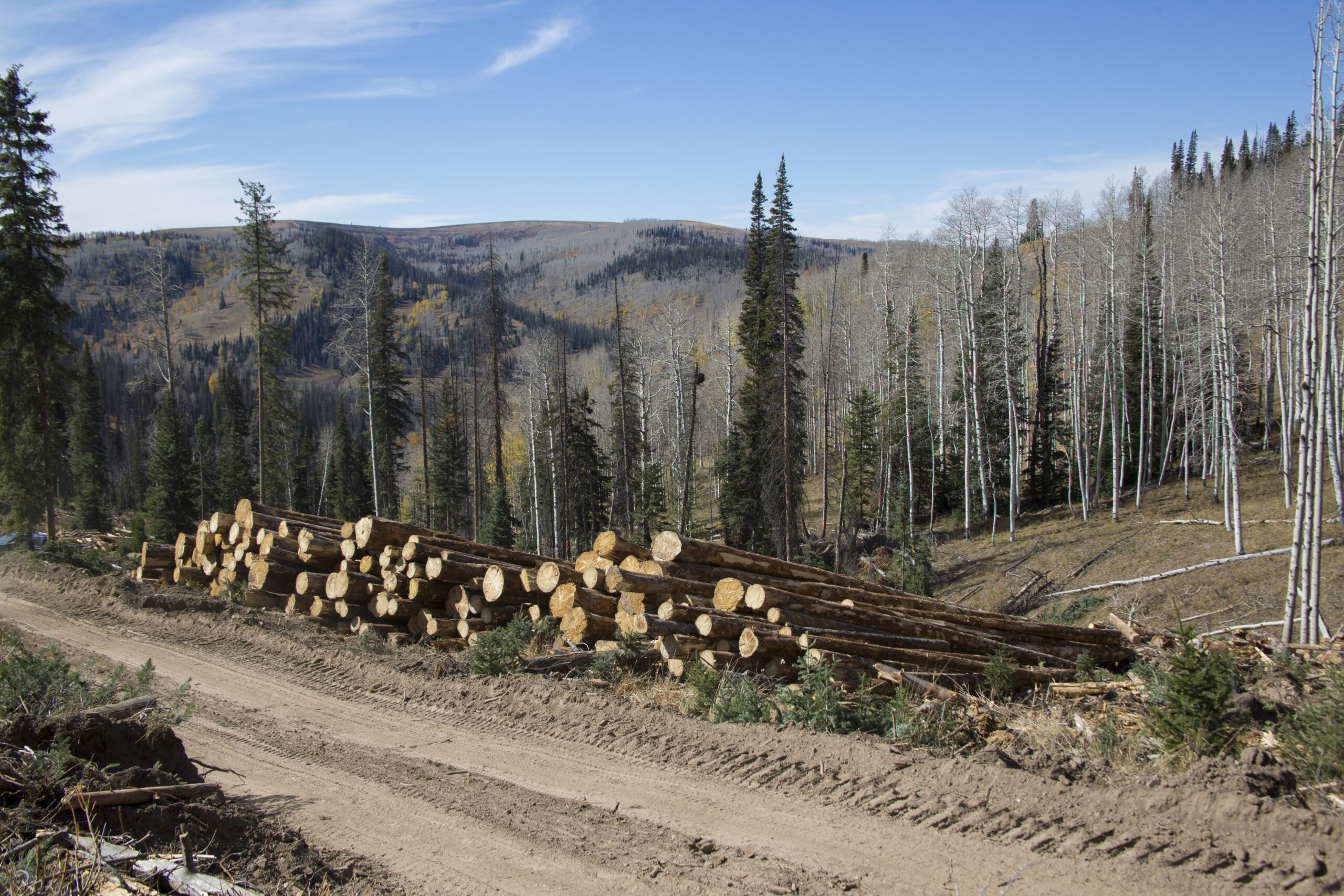
Climate Change Impacts
Climate change affects the Great Northwoods in various ways, including altered weather patterns, increased temperatures and shifting precipitation patterns. These changes can result in more frequent and severe droughts, wildfires, and extreme weather events, all of which can harm the region’s hardwood forests and freshwater ecosystems. Warming temperatures can also disrupt the timing of natural processes, such as flowering, affecting plant-pollinator relationships and wildlife behavior. Additionally, changing climate conditions can exacerbate the spread of invasive species, disrupting native ecosystems and further stressing local wildlife.
Wildlife Disease Concerns
Wildlife in the Great Northwoods is threatened by the spread of infectious diseases, such as chronic wasting disease (CWD) among deer, elk, and moose populations. CWD is a disease that affects the brain and other parts of the nervous system and can have devastating impacts on affected populations. The disease can persist in the environment for extended periods of time, making it challenging to manage and mitigate its impact. Monitoring and managing these diseases are critical to protect the region’s wildlife and ecosystem health.
Restoration Work at the Great Lakes Regional Center
The NWF’s Great Northwoods Initiative involves partnering with local organizations and communities with an interest in the Great Northwoods to focus on maintaining biodiversity, promoting sustainable forest management, addressing climate change impacts, and expanding outdoor recreation opportunities, particularly for marginalized communities. Currently, our work is focused on the northwoods in Michigan, but we plan to expand this work throughout the Region.
In Michigan, the Department of Natural Resources (DNR) is updating its forest management plan. We want to ensure that the new plan centers the growing concerns about climate change and includes concrete steps to address climate change impacts. The plan also needs to be more inclusive of diverse groups and communities of color in decision-making.
The wildfires in Canada, which smothered the Northwoods region in smoke this past summer, emphasize the urgent need for climate-informed forest restoration efforts. The GLRC highlights the importance of active forest management and restoration to help forests adapt to a changing climate and serve as natural climate solutions.
To get involved, reach out to GreatNorthWoods@nwf.org for more information.










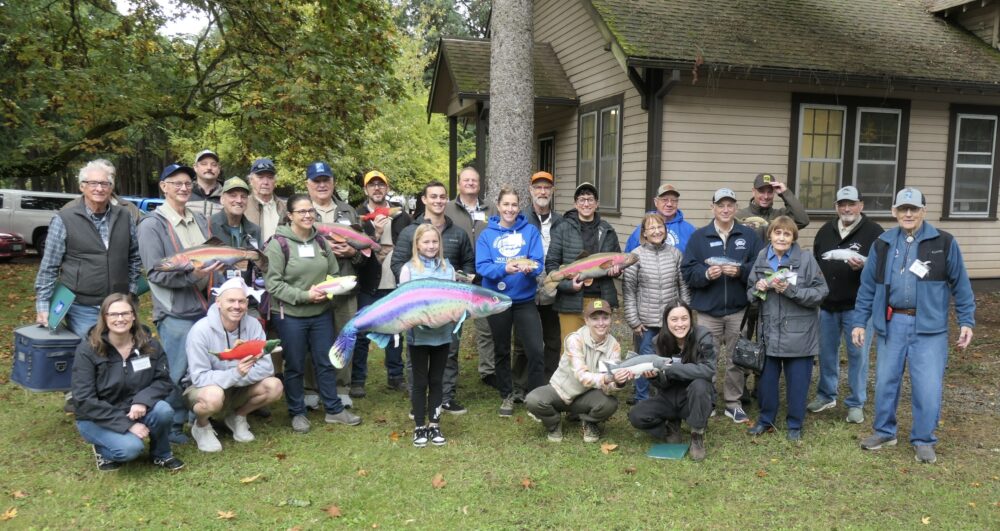
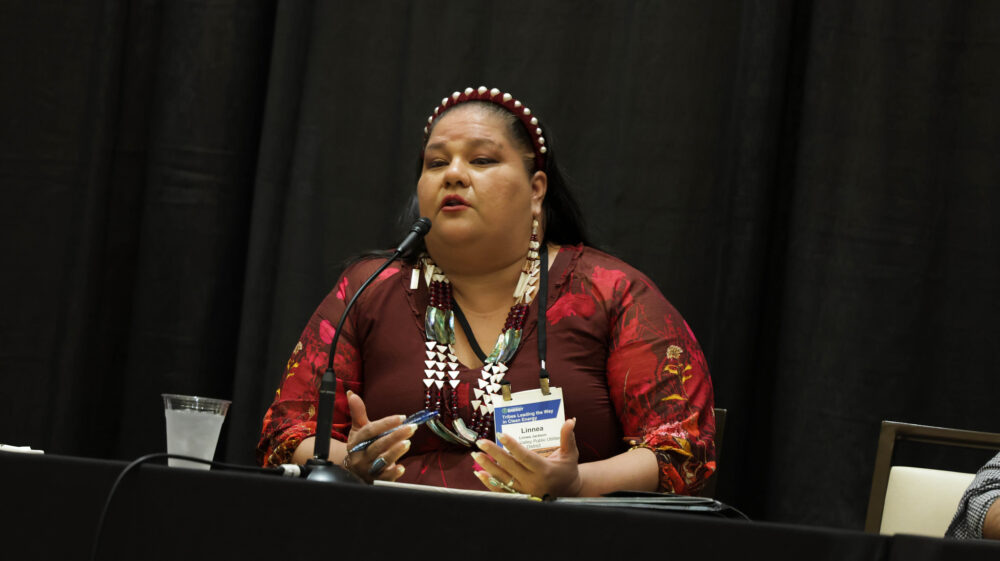
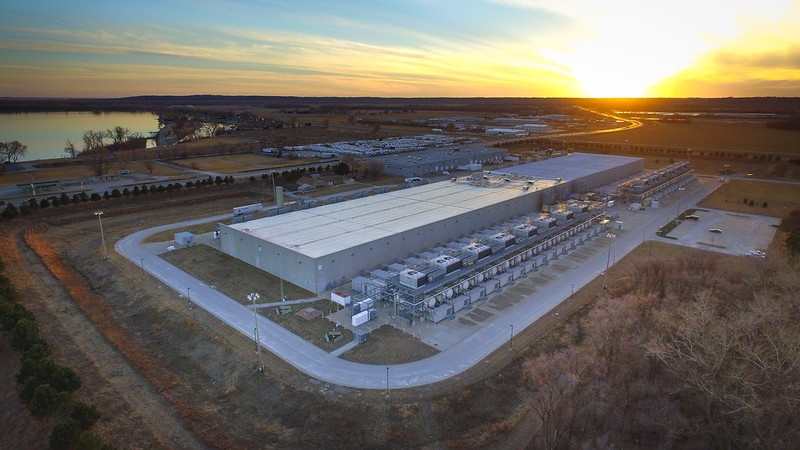


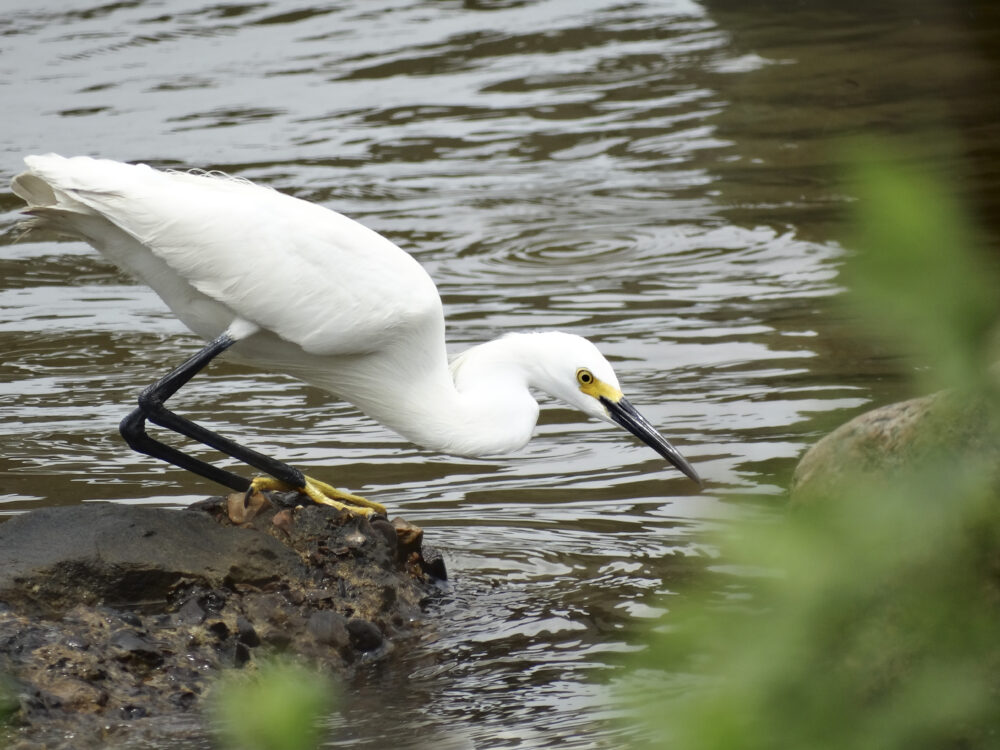
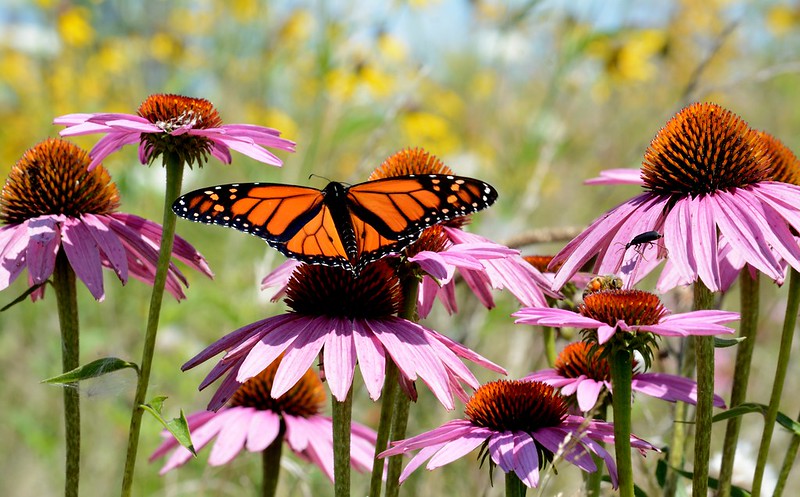




Building Momentum: What’s Next for Beaver Conservation in Colorado